Kalanchoe Kalandiva: all about caring for a flower at home
Kalanchoe Kalandiva is a unique plant that is grown at home. The flower is characterized not only by its attractive appearance, but also by its ease of care. That is why it decorates the windowsills of a large number of rooms.
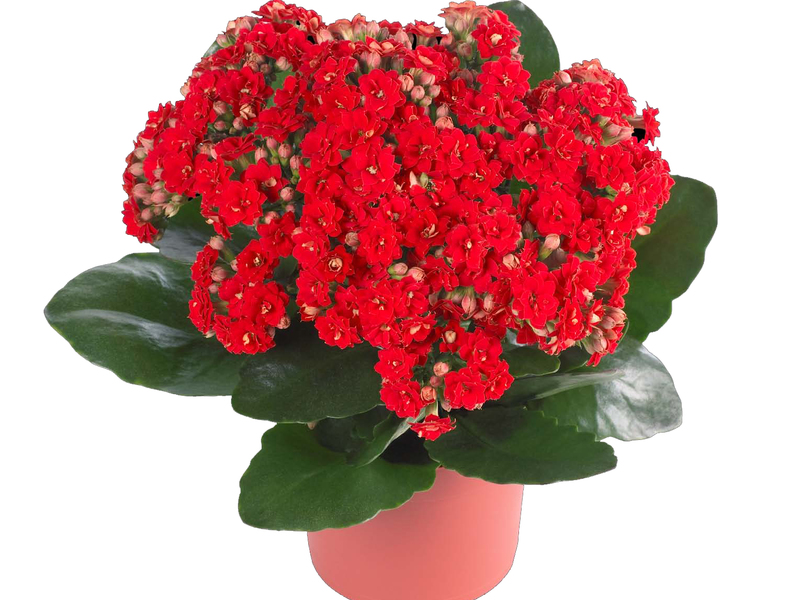
Content
Description of the plant
Kalanchoe belongs to the group of succulents. The flower does not grow in the wild, as it was bred by breeders. Other plant species can be seen in nature on almost all continents of the globe.
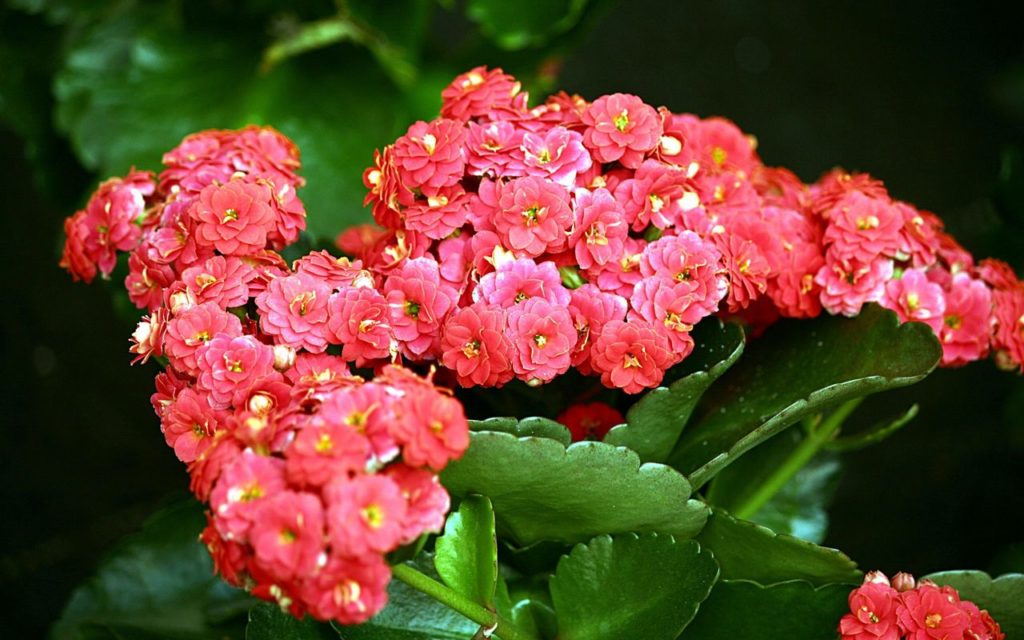
Kalandiva is a particularly decorative flower, which is marked by long and abundant flowering. It is a compact bush that has rather thick stems. The flower is characterized by the presence of neat fleshy leaves that are not deprived of smoothness or velvety. The bush does not exceed 30 cm in height.

The plant is distinguished by the presence of short peduncles, on which inflorescences of small double flowers are located. They stand out for their varied colors.
The flowers of the plant can be pink, red, salmon, yellow.
Blooming Kalanchoe is a short day culture. The plant will bloom only if the light regime is strictly observed. The culture is characterized by abundant flowering, which can be observed for 6 months. In most cases, Kalanchoe blooms in the middle of winter.
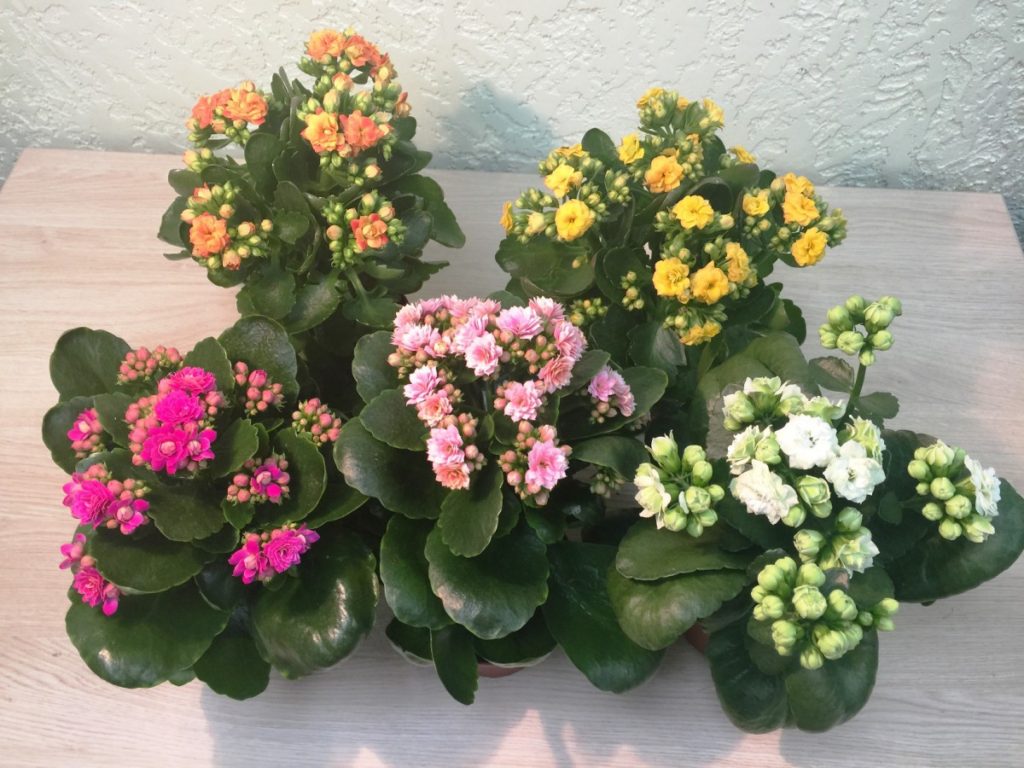
Important! From the middle of summer, the onset of a dormant period is observed, which is characterized by a dull severity. That is why Kalanchoe Kalandiva does not need special care at this time.
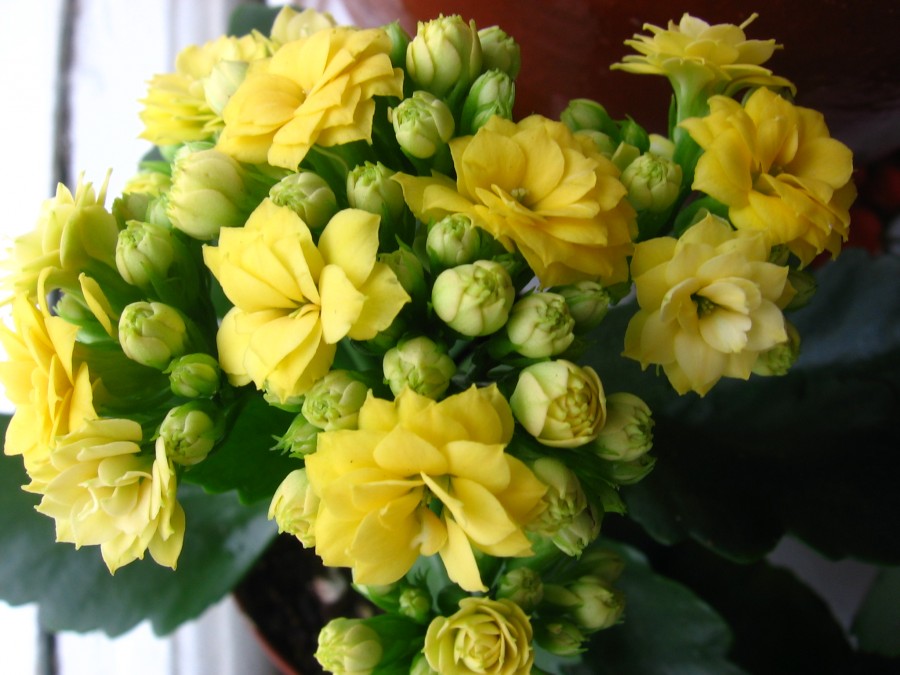
Kalanchoe Kalandiva is a rather attractive flower that can decorate the design of any room with original flowering.
Popular varieties
There are several varieties of Kalanchoe. The most popular of them are:
- Mix. It is a versatile plant that resembles a miniature bush in appearance. The uniqueness of this culture lies in the fact that it has flowers of various colors.
- Mini. This flower belongs to the category of tenacious and undemanding plants. It is characterized by the presence of thick and rounded stems. Due to the good branching of numerous shoots, the flower looks like a miniature bush in its appearance.
Due to the presence of several varieties of a flower, it is possible to choose the most acceptable option for a person.
Providing proper care at home, Kalanchoe Kalandiva mix and mini will delight all gardeners with their appearance.

Growing conditions
In order to ensure the full growth and development of the Kalanchoe, it needs to create appropriate growing conditions.
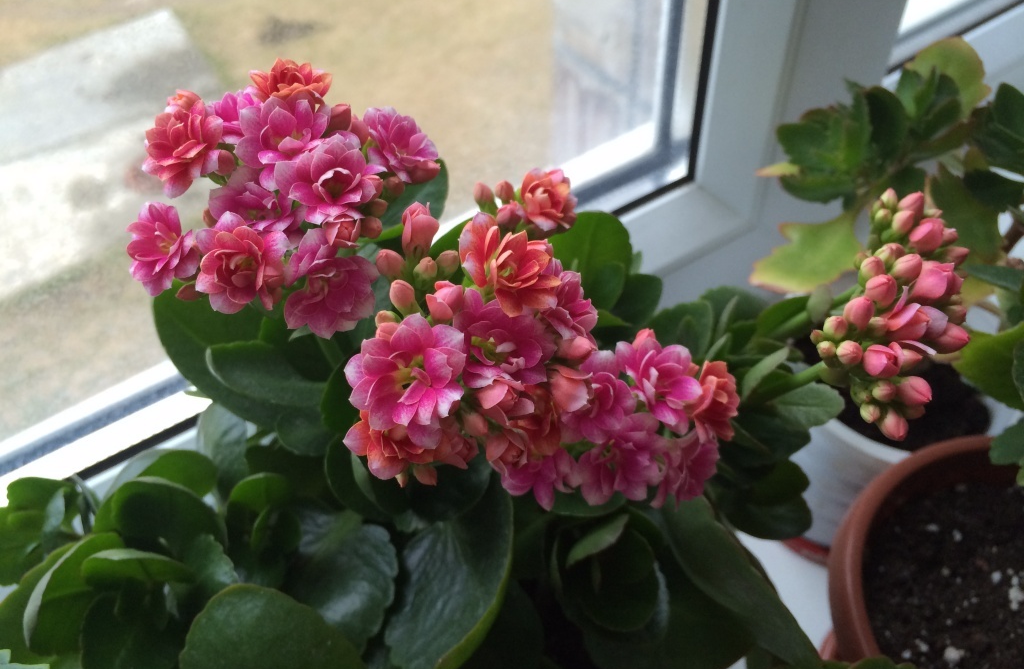
| Conditions | Security |
| Lighting | The culture needs bright, diffused lighting throughout the year. That is why it is recommended to place it on the west or east window.
Despite the fact that Kalanchoe Kalandiva blooms in winter, this flower is a short day plant. That is why in cloudy weather there is a need for additional lighting. In order to avoid the appearance of burns on the foliage of the plant, it is necessary to limit the possibility of exposure to direct sunlight. |
| Temperature | In the summer, the plant is grown at fairly high temperatures with an indicator of 18-30 degrees. In winter, the temperature must necessarily drop to 14-16 degrees.
Thanks to the provision of such a regime, new kidneys will be laid. Otherwise, the flowering of Kalanchoe Kalandiva will be absent. |
| Humidity | The flower does not need to artificially increase the humidity, as it is able to fully grow in dry air. Despite this, it is recommended to periodically bathe the flower in water at room temperature, which will make it possible to wash off the dust from the foliage. |
Kalanchoe Kalandiva is an unpretentious flower. He only needs to provide comfortable growing conditions.

Planting and transplanting
The flower must be transplanted annually into a new soil mixture.In order to change unsuitable soil,after buying Kalanchoe Kalandivaneed to make transplant... This will create optimal conditions for growing a flower.

When planting and transplanting Kalanchoe Kalandiva, a rather important aspect is the selection of a pot. When buying a new pot, make sure that its diameter is several centimeters larger than the previous one.
If an old pot is used for transplanting a kalandiva, then it must first be thoroughly washed with soap. When using a new pot, it is recommended to put it in boiling water for a few minutes. A weak solution of potassium permanganate is used to disinfect dishes.
It is imperative to lay a drainage layer at the bottom of the pot. This could be:
- expanded clay;
- coarse sand;
- clay shards.
Drainage is necessary to fill the fourth part of the pot. For planting Kalanchoe, you can use ready-made soil mixture or make it yourself. It includes sand, peat and sod land. A soil mixture is poured over the drainage using the method of forming a tubercle. It is necessary to locate the roots of culture on it.
Note! Before planting a plant, you must inspect its root system. If there are diseased and decayed roots, they must be cut off.
Planting and transplanting Kalanchoe Kalandiva is the simplest procedure that any florist can easily carry out.
Home care
In order to ensure normal growth and abundant flowering of Kalanchoe Kalandiva, it must be properly looked after. The plant must be watered, fed, and also pruned.
Watering and feeding
The plant needs moderate watering. With an excess of moisture, rotting of the root system and the death of the culture can be observed. The watering regime of the plant is determined by the condition of the soil. Watering is carried out if the soil has dried out a few centimeters in depth. If the room temperature drops, then this requires a reduction in the frequency of watering.
Attention! If the foliage of the plant is sluggish, then it must be watered more often.

Plant feeding is carried out with mineral and organic fertilizers, which should alternate. The flower grower should know that feeding should be moderate, especially when using nitrogen-containing substances.
During the dormant period, they must be minimized, since a green mass will grow on the Kalanchoe Kalandiva, which will lead to a lack of flowering. After the buds appear on the flower, potassium and phosphorus must be added under it. During this period, ready-made mixtures for cacti can be used to feed the plants.
Fertilizing and watering Kalanchoe Kalandiva is a necessary procedure that ensures full flowering.
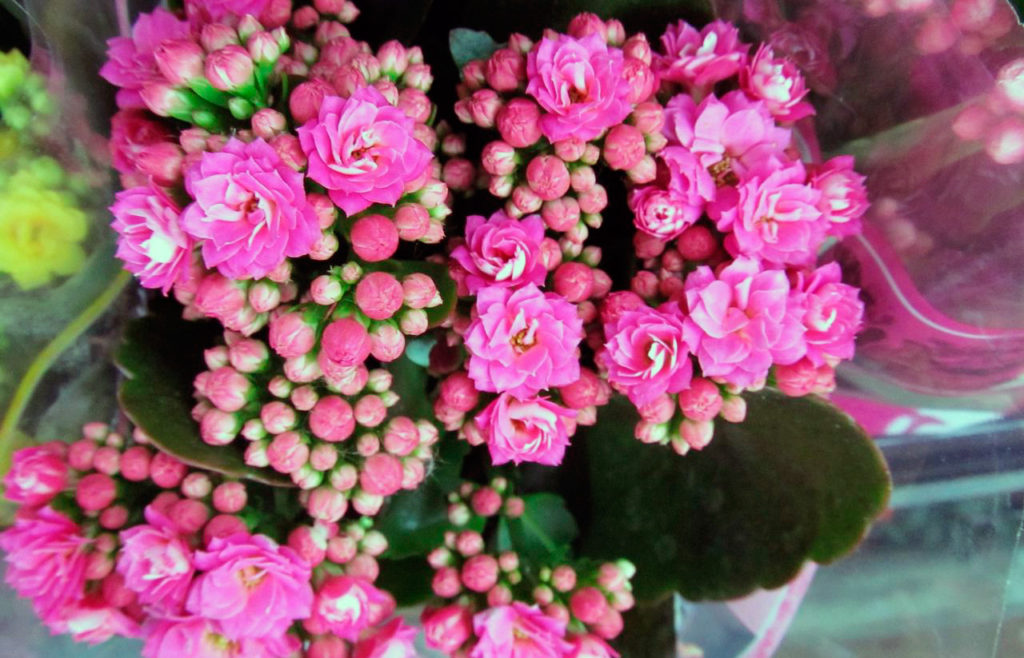
Flowering period
The plant blooms once a year. In order to create an additional flowering period, Kalanchoe Kalandiva is provided with an artificial play of light.
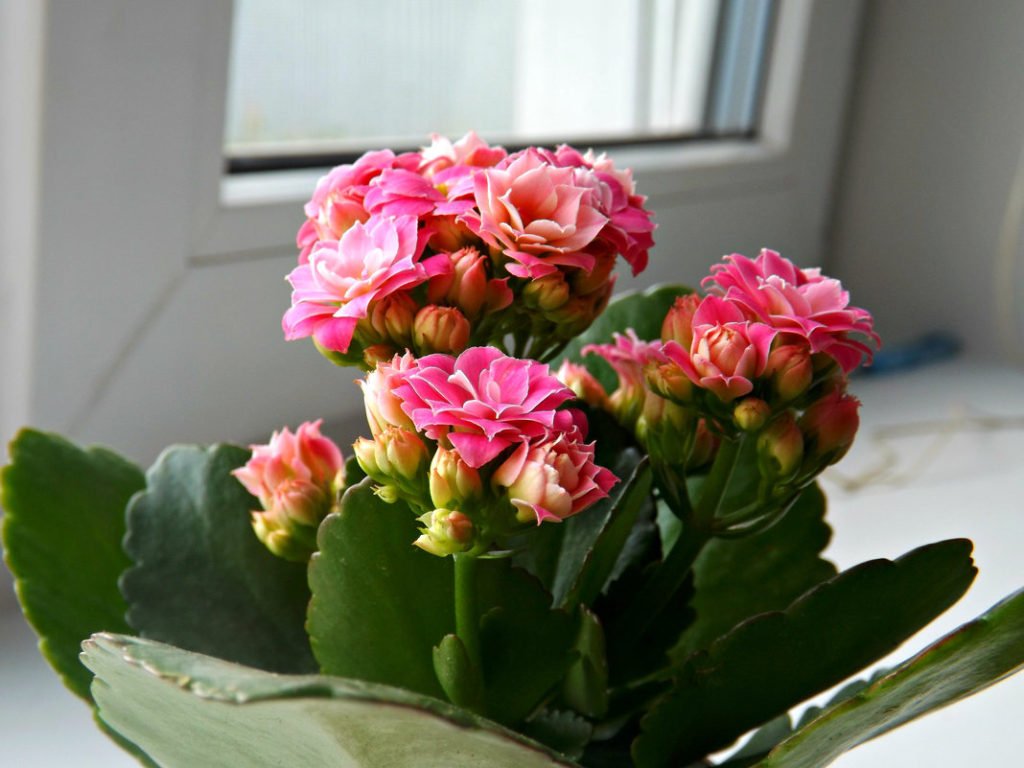
With additional lighting, the duration of flowering of the culture is much longer. If the flower does not bloom at the specified time, then it must be checked for pests and diseases.
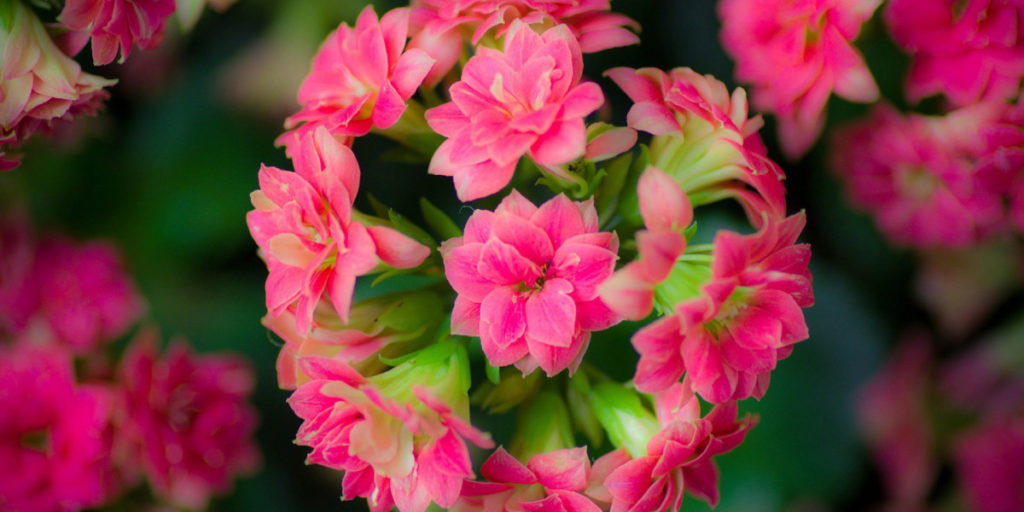
Dormant period
The plant is unpretentious. That is why Kalanchoe Kalandiva does not need special care at home during the rest period. At this time, it is only necessary to reduce the frequency of watering. The lighting should be less bright.

Plant pruning
Kalanchoe belongs to the category of fast-growing flowers. During the year, it can increase significantly in size, which will lead to the loss of the shape of the bush. After flowering Kalanchoe, there is a loss of its lower leaves. That is why, after the Kalanchoe Kalandiva has faded, deep pruning is carried out.
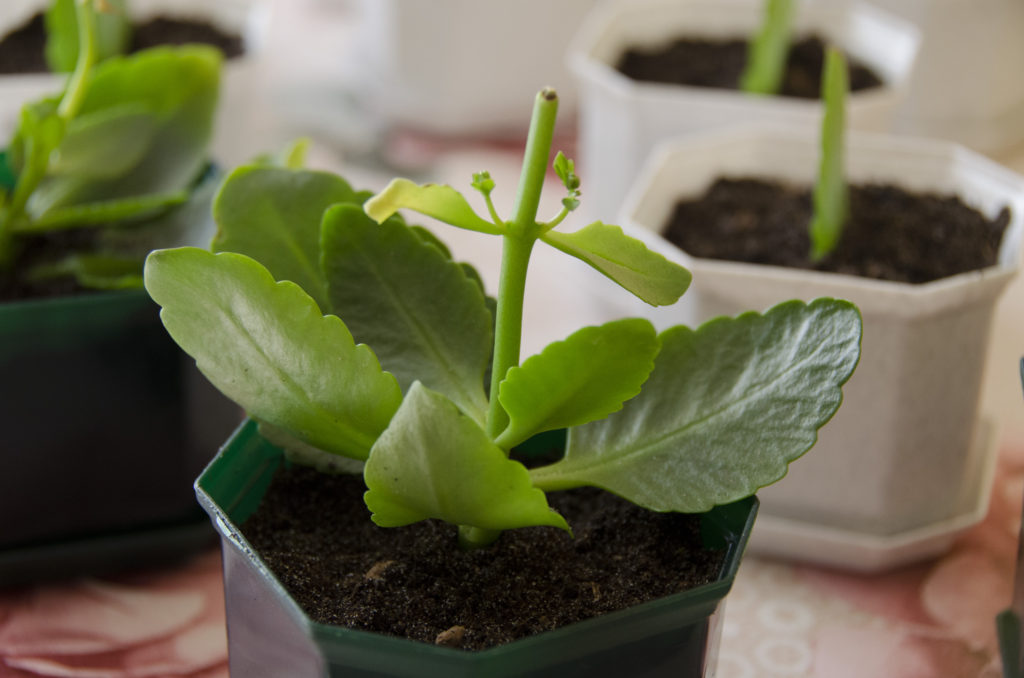
If the flower is young, then pinching of its foliage is carried out. Kalanchoe with a sufficiently developed root system are cut off almost completely.
Video: how to pinch Kalanchoe Kalandiva.
Diseases and pests
The indisputable advantage of the flower is that it is practically not affected by pests. With improper home care for the Kalanchoe Kalandiva, the development of various diseases can be observed.
| Name | Control measures |
| Late blight rot | During the course of this disease, brown, brown spots are observed on the foliage of the Kalanchoe Kalandiva. Fungicides are used to treat the disease. In this case, it is recommended to reduce watering, as well as replace the potted soil mixture. |
| Gray rot | With this disease, a plaque is observed on the foliage, which has a gray color, as well as weeping spots. Treatment of the disease requires processing the flower with appropriate formulations, which can be purchased at a specialized store. |
| Ring spot | The disease is characterized by the appearance of spots on the foliage, which in their shape resemble rings. This disease cannot be cured. That is why plants are destroyed. |
| Powdery mildew | During the course of this disease, a white bloom appears on the leaves of the flower. With untimely treatment of the disease, a gradual death of foliage is observed. In most cases, the disease occurs with excessive dryness and fever. It is necessary to treat the plant by spraying, for which fungicides are used, which are sold in flower shops. |
Kalanchoe can succumb to a variety of diseases. In order to eliminate the possibility of their course, it is necessary to carry out prevention in a timely manner. It consists in observing optimal conditions and providing complete care for Kalanchoe Kalandiva.
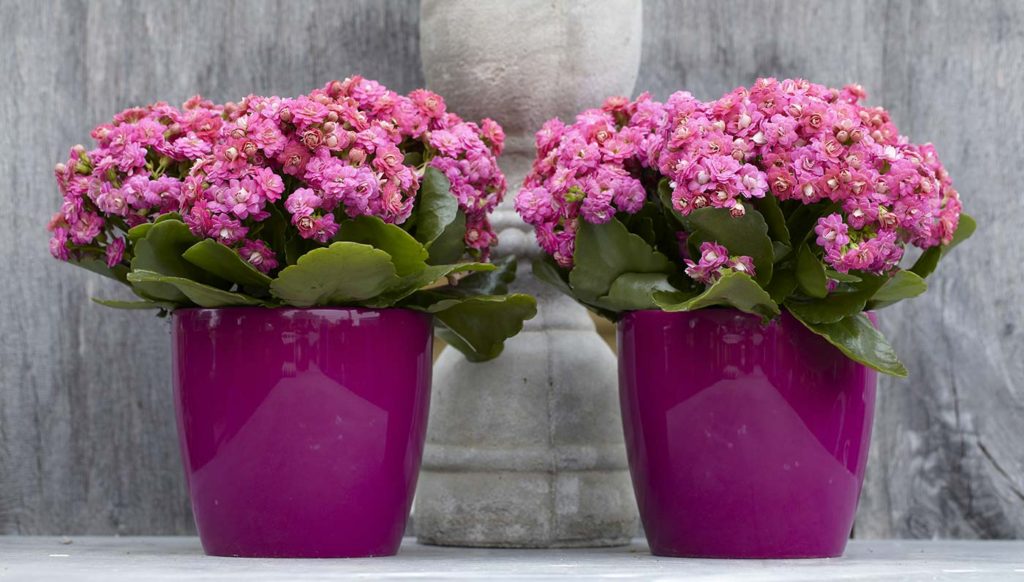
Reproduction methods
For reproduction of Kalanchoe Kalandiva, in most cases, cuttings and leaves are used. They are cut off from the main plant and dried for 2 hours. After that, the leaf or stalk must be placed in the rooting substrate.
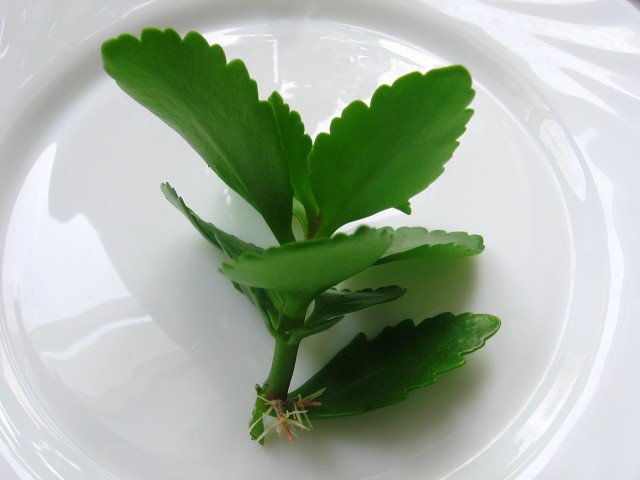
Some growers put them in water. In order for the plant to quickly give roots, it must be germinated in the sand. After planting the leaf, flowering will be observed after a year, and the cuttings - after 6 months.
Reproduction of Kalanchoe Kalandiva can be carried out by seeds. They are very small and dust-like in appearance. Seed planting is carried out on the surface of the soil. It is not worth sprinkling them with soil mixture, since they do not have enough strength to germinate.
Important! For planting seeds, earth and sand are used, which are pre-sieved.
The container with seeds must be covered with plastic wrap or a piece of glass. The soil is moistened from the pallet. After 1-2 weeks, the first shoots will appear. After 7 days, it is necessary to carry out the first dive of the plant. When the cultures come into contact with the leaves, a repeated pick is carried out. During this period, the seedlings are planted in separate pots.
Kalanchoe Kalandiva is a unique flower that can be grown in an apartment, house or public premises. Due to the fact that Kalanchoe Kalandiva needs minimal care at home, even an inexperienced florist can do it. Subject to all conditions and rules of care, long and magnificent flowering of Kalanchoe Kalandiva will be ensured.

